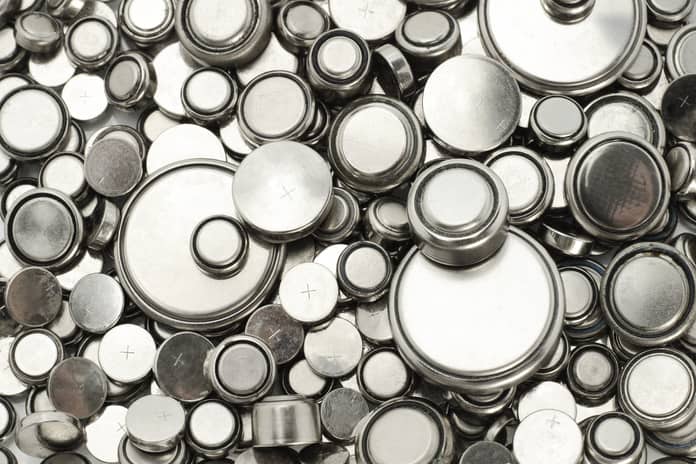The Global X Lithium & Battery Tech ETF (NYSEARCA:LIT) lacks exposure to key lithium stocks.
The main issue is that its portfolio is structurally unable to capture growth in EV metal demand and prices because it only has a 31% exposure to lithium equities.
It doesn’t have enough weight in the Australian and Chilean lithium producers Soquimich (NYSE:SQM), Pilbara (OTCPK:PILBF), Allkem (OTCPK:OROCF), and Mineral Resources (OTCPK:MALRF).
Given the almost 500% increase in LCE prices over the past year, investors may have looked for an ETF to increase exposure to and diversify their holdings in predominantly non-US stocks. Unfortunately, this Exchange-Traded Fund is unable to record this pricing increase.
Here’s More About LIT
It is a component of the Global X ETF funds run by the creative Korean asset manager Mirae. Compared to worldwide lithium producers, this ETF, which according to Investopedia is “a type of fund that holds multiple underlying assets, rather than only one like a stock does. Because there are multiple assets within an ETF, they can be a popular choice for diversification.”
“ETFs can thus contain many types of investments, including stocks, commodities, bonds, or a mixture of investment types. An ETF can own hundreds or thousands of stocks across various industries, or it could be isolated to one particular industry or sector. Some funds focus on only U.S. offerings, while others have a global outlook. For example, banking-focused ETFs would contain stocks of various banks across the industry.”
“An ETF is a marketable security, meaning it has a share price that allows it to be easily bought and sold on exchanges throughout the day, and it can be sold short. In the United States, most ETFs are set up as open-ended funds and are subject to the Investment Company Act of 1940 except where subsequent rules have modified their regulatory requirements.2 Open-end funds do not limit the number of investors involved in the product.” It is often considered much more appealing to investors who desire global exposure to Asian EV battery manufacturers.”
The EV Battery producers EVE Energy, LG Chemical (OTCPK:LGCLF), TDK (OTCPK:TTDKY), and CATL are among the 39 equities that make up the Solactive Global Lithium Index, which LIT tracks. In addition to BYD and Tesla, who have little direct battery sales. While exposure to lithium is mostly found in Albemarle (ALB), SQM, and Ganfeng Lithium (OTCPK:GNENY).
The ETF does allow investors to access Asian companies that are typically off-limits to US investors. The three global battery leaders, LG Chem, Samsung SDI, CATL, as well as a number of Chinese EV battery component manufacturers, are of particular interest.
Raw Materials Versus Batteries
What do you want as an investor, is the question. EV metal raw materials or EV battery manufacturers?
OEMs (original equipment manufacturers) for EV auto assemblers are battery manufacturers. As most OEMs sell business to business through long-term cost-plus contracts, they should have less execution risk.
They can now pass on the cost of raw materials and collaborate with the auto industry to create battery packs specifically for each auto platform.
They must put their attention on managing manufacturing costs, specifically scale and productivity. EV adoption and unit sales should grow quickly, but the industry is becoming more and more competitive as nations try to ensure “national energy security” and bring production home.
The possibility exists that battery manufacturers will pursue vertical integration and buy lithium producers.
The price/margin risk and potential upside are bigger for the EV metal raw material suppliers. They now set prices in a sector that is expanding quickly and should see outsized gains until the EV market reaches a more developed stage. According to recent studies, the volume demand for important metals including cobalt, nickel, lithium, and graphite exceeds 30% annually.
The Bottom Line
This ETF is more appropriate for investors seeking exposure to EV battery manufacturing and growth than a proxy for lithium consumption, especially in Asia.
Featured Image: Megapixl © Design56

















